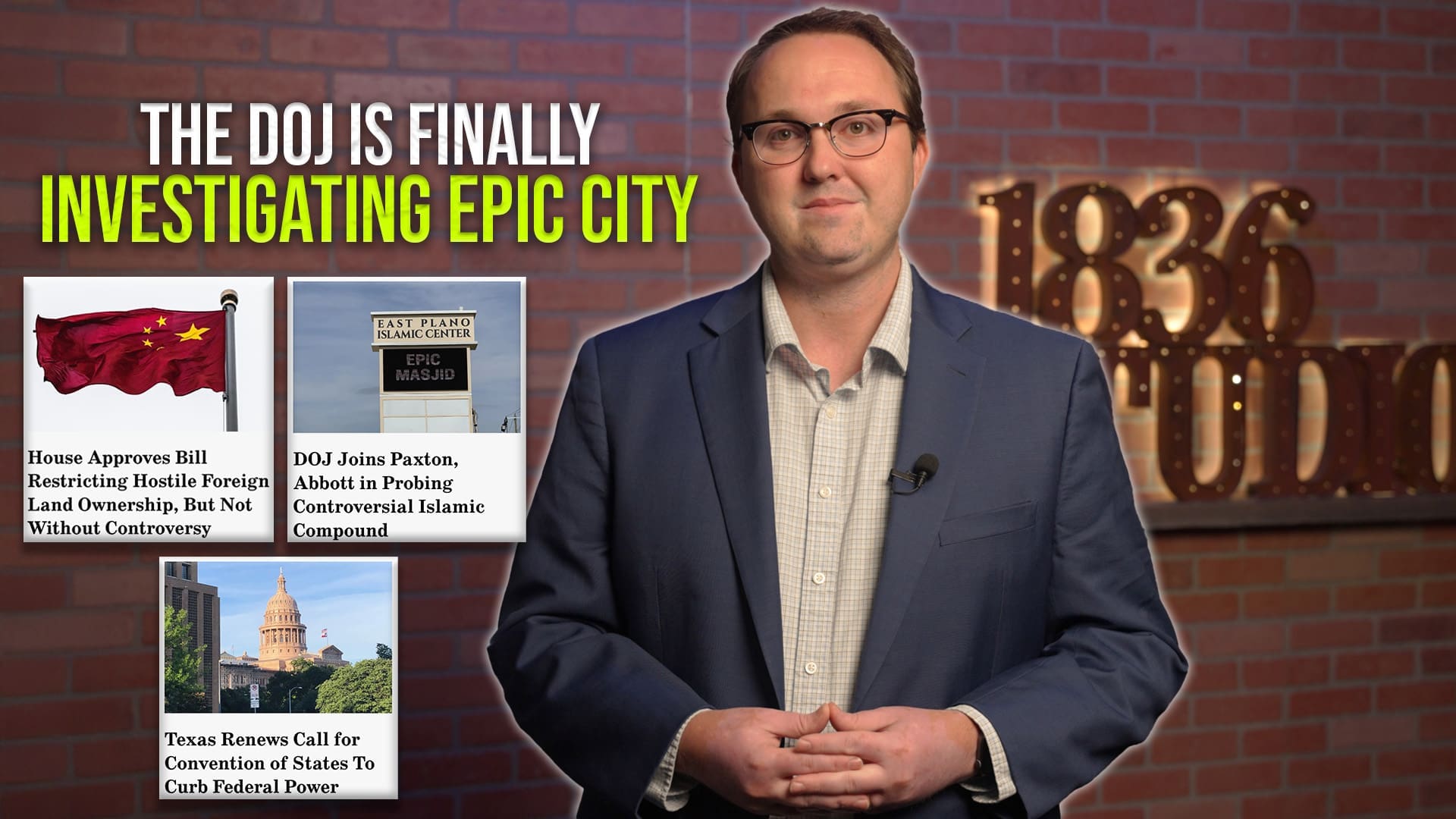For the past few weeks, city council members in Houston have been poring through the mayor’s proposed budget, listening to department heads justify spending while claiming to be efficient, and developing their own amendments to the multi-billion budget ahead of this week’s vote.
According to Mayor Sylvester Turner, this is the leanest budget possible without reducing services. The few opponents to the $4.9 billion budget have pointed to bare-minimum cuts, increased debt spending, and fleecing the taxpayers.
The truth lies somewhere in between.
As department heads presented, they conjured images of emaciated pigs and used words like “anorexic” when describing the fiscal limitations of their budgets. However, the average taxpayer should know that when it comes to government, there is always more to cut.
Mayor’s Perspective
The mayor rolled out his proposed FY 19 budget flanked by his department directors and At-Large 5 Council Member Amanda Edwards, vice chair of Budget and Fiscal Affairs.
“I’ve said over the last weeks and months, the city of Houston’s finances are tight and as mayor I am committed to holding the line on spending without cutting basic services,” said Turner during his press conference. “It is important for the people of Houston to know how their tax money is invested in keeping our city strong and providing essential services.”
Turner praised his team’s ability to close a $114 million budget gap without layoffs and maintaining a solid fund balance of over 13 percent. For three consecutive years he has requested his department heads decrease their budgets, which has resulted in $80 million of reductions during that time.
He is also eliminating about 200 positions through attrition while creating five new police cadet classes and three for the fire department.
With that said, the budget still increased 3.5 percent from last year.
How did he close the budget gap?
$29 million of the $114 million found to close the budget gap came from a settlement that the city received after a long-running lawsuit against an actuary. Another $28 million came from increased sales tax receipts, likely in relation to Hurricane Harvey. Both of these are one-time revenue sources and can’t be counted on again.
The breakdown of the $114 million is as follows:
- $84M – general fund
- $29M – Towers Settlement
- $28M – additional sales tax
- $15.8M – special revenue funds
- $7.3M – department reductions (non police/fire)
- $3.6M – revision to financial policies
- $3.4M – debt prepayment for Building Inspection Fund
What’s with the 3.5 percent increase?
While Turner and supporters claim the budget is lean and can’t be cut any further, it still increases spending by 3.5 percent, largely because of newly incurred debt.
Despite constant claims that the $1 billion pension obligation bond (POB) debt Houstonians passed last year was not new debt and would not mean a tax increase, Turner says that the $83 million in increased spending is driven by $42 million in debt service payments “primarily due to the pension obligation bonds.”
The total breakdown $83 million increase is as follows:
- $42M – Debt Services (primarily POBs)
- $14.2M – Police raises
- $10.5M – Classified Overtime
- $5M – Police
- $5.5M – Fire
- $4.5M – Joint Processing Center
- $4.5M – Service Chargebacks
What’s not in the budget?
The budget doesn’t account for many significant financial hurdles that the city will soon be facing, the biggest of those being retiree healthcare benefits.
The city’s other post-employment benefits, OPEB, liability is now at $2.1 billion. After pension reform, OPEB benefits have increasingly, and deservedly, received more scrutiny. Turner intends to release a plan on addressing that liability within the next six to twelve months.
Other hurdles are the $628 million, at least, in deferred maintenance costs and the need for 500-600 additional police which is expected to cost between $70 and $100 million. Turner has made no secret of his intention to seek a temporary lift of the city’s property tax cap. If public safety were a top priority, it would be the first thing fully funded. However, the limited budgetary increases in public safety does signal that Turner hopes additional funding will come through an increase in property tax revenue after a successful repeal, or lift, of the cap.
Also not included is the city’s share of Harvey recovery costs, which Turner equates to about $250 to $375 million over the next five years.
What Does It Mean?
While the budget does provide some cuts, it could go further.
With over 20,000 employees, personnel is 63 percent of the budget, yet the only cuts to be found are 200 positions through attrition. There are undoubtedly additional positions that could be cut or consolidated across the 23 city departments.
Despite property tax revenue increasing 2.4 percent, or $28 million higher than FY18 estimates, long-term debt liability, one-time sources of income, the need for additional resources in public safety, and desire by local officials to remove the city’s property tax cap means they are setting sights on taxpayers’ pocketbooks.
$80 million in department reductions over three years is nothing to scoff at, but there is so much more work that could and should be done by elected officials, especially before coming to taxpayers for more money.
What Can They Do?
Tax Increment Reinvestment Zones (TIRZ) are spread across the city and aren’t limited by the property tax cap. TIRZs could and should be brought under the cap and forced to reimburse taxpayers when they exceed their revenue limitations. Also, TIRZs should be thoroughly audited to look for additional resources or misallocated funds.
The mayor asked each of his departments to cut budgets by five percent. When his Chief of Staff, Marvalette Hunter, was presenting the mayor’s office budget, she stated that the five percent reduction was to come from his overall office budget of $7.4 million. This includes restricted funds for things like IT. Instead, the mayor should lead by example and cut the five percent solely from his discretionary operating budget of $5.4 million.
The city should also cease enforcing deed restrictions and allow private property owners and associations to enforce them through the civil court process as virtually every other city does. This costs taxpayers a few hundred thousand dollars annually, depending on how many complaints are filed.
The city can also address the take-home vehicle program managed by the city’s fleet department and is allowing employees to drive tax-funded vehicles as far as DFW.
As mentioned previously, with over 20,000 employees and a budget driven 63 percent by personnel, the city should definitely look at trimming its workforce. A long-term financial report requested by the city showed areas that can be cut: they should follow those recommendations.
The city can also stop paying for tax-funded lobbyists. Outside of the city’s government relations team, they also pay member fees to Texas Municipal League and hire expensive external lobbyists to advocate for their interests in Austin. Unfortunately, elected officials’ interests aren’t always in direct alignment with the average taxpayer, yet it’s the residents who have to pay for the lobbyists fighting against them.
In conclusion, while there are some cuts in this budget, taxpayers shouldn’t ignore that it has increased from last year and the biggest driver of that, personnel and debt, have gone largely ignored. When Turner comes to voters in November pleading for more money, taxpayers have plenty of reason to question giving him more.




